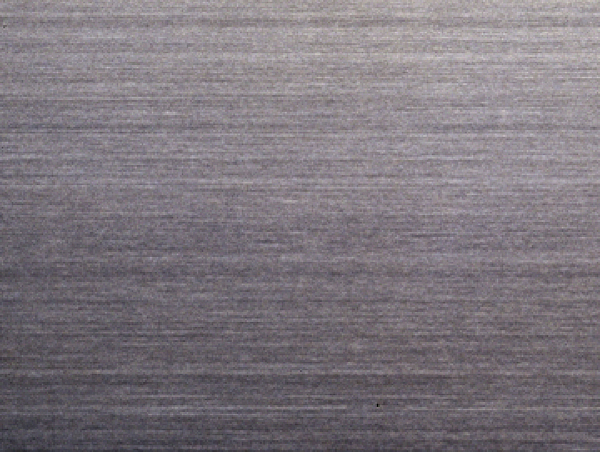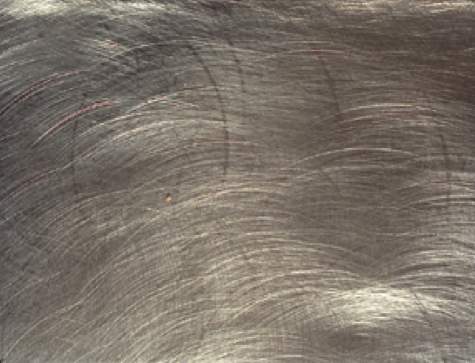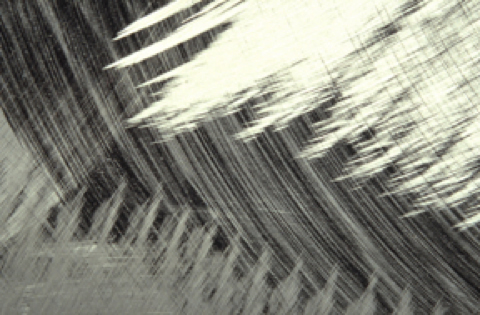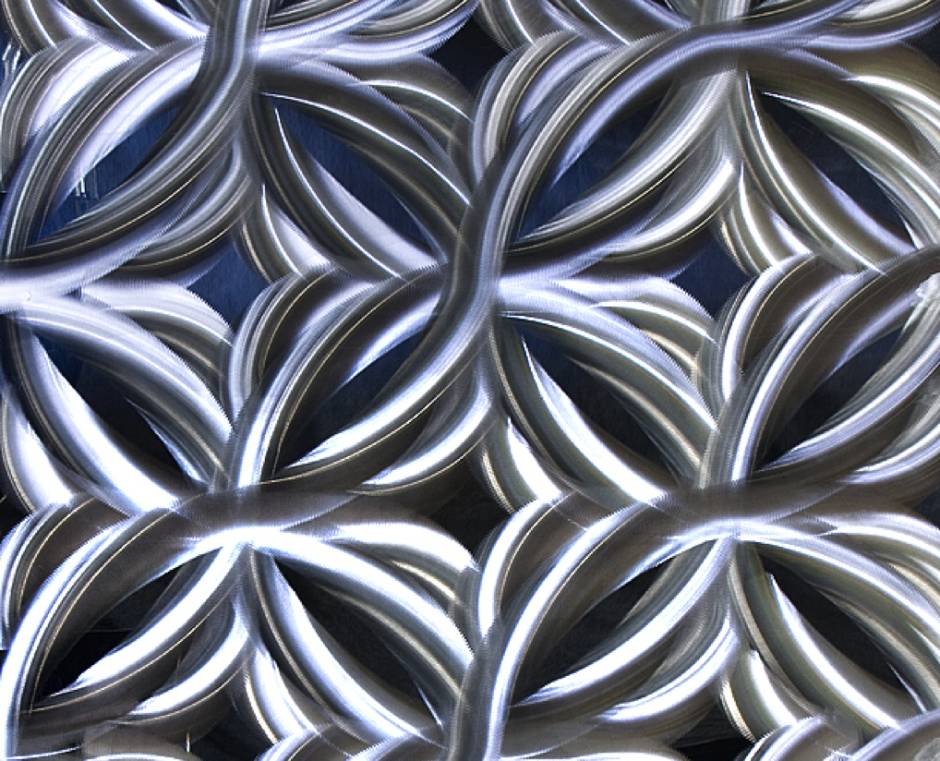Finish terminology for standard mechanically abraded and buffed surfaces varies around the world as can the typical appearance, gloss (reflectivity) and surface roughness of a particular finish. For large projects where finish matching is critical, it is important to agree on a visual standard as well as acceptable surface roughness and gloss (reflectivity) tolerance ranges and other quantifiable characteristics before placing the order.
Surface roughness can have a tremendous influence on corrosion performance and dirt retention. Table 2 provides the results of a survey of North American and European surface finish providers and the roughness ranges associated with some of these finishes. IMOA has a Finish Specification webpage, which provides brochure and website links to more information on finishes, quantifying key characteristics, and corrosion performance.
Standard Polished or Linished Finishes
These “standard” finishes are the mechanically abraded and buffed finishes, which are defined by international standard specifications. The terms “polished” and “linished” are both used to describe these finishes in different parts of the world. Standards describe the production processes used to obtain them and the general appearance but not quantifiable characteristics. Images of these finishes can be found on SSINA’s website. ASTM does not distinguish between the fine wet and rougher dry versions of the No. 4 polish. JIS and Euronorm standards use No. 240 and 2K, respectively, to identify this finer polish.
Table 1: International standard cross reference
| ASTM A480 | Japan JIS | Euronorm EN 10088 |
|---|
| No. 3 |
No. 3 |
2G |
| No. 4 |
No. 4 |
2J |
|
|
No. 240 |
2K |
| No. 7 |
No. 7 |
2P |
| No. 8 |
|
2P |
Non-Standard Mechanical Finishes
These finishes are not described in international standard specifications. The generic terms for them have been used below. Variations on these finishes are also sold under trade names and are often aesthetically unique.




